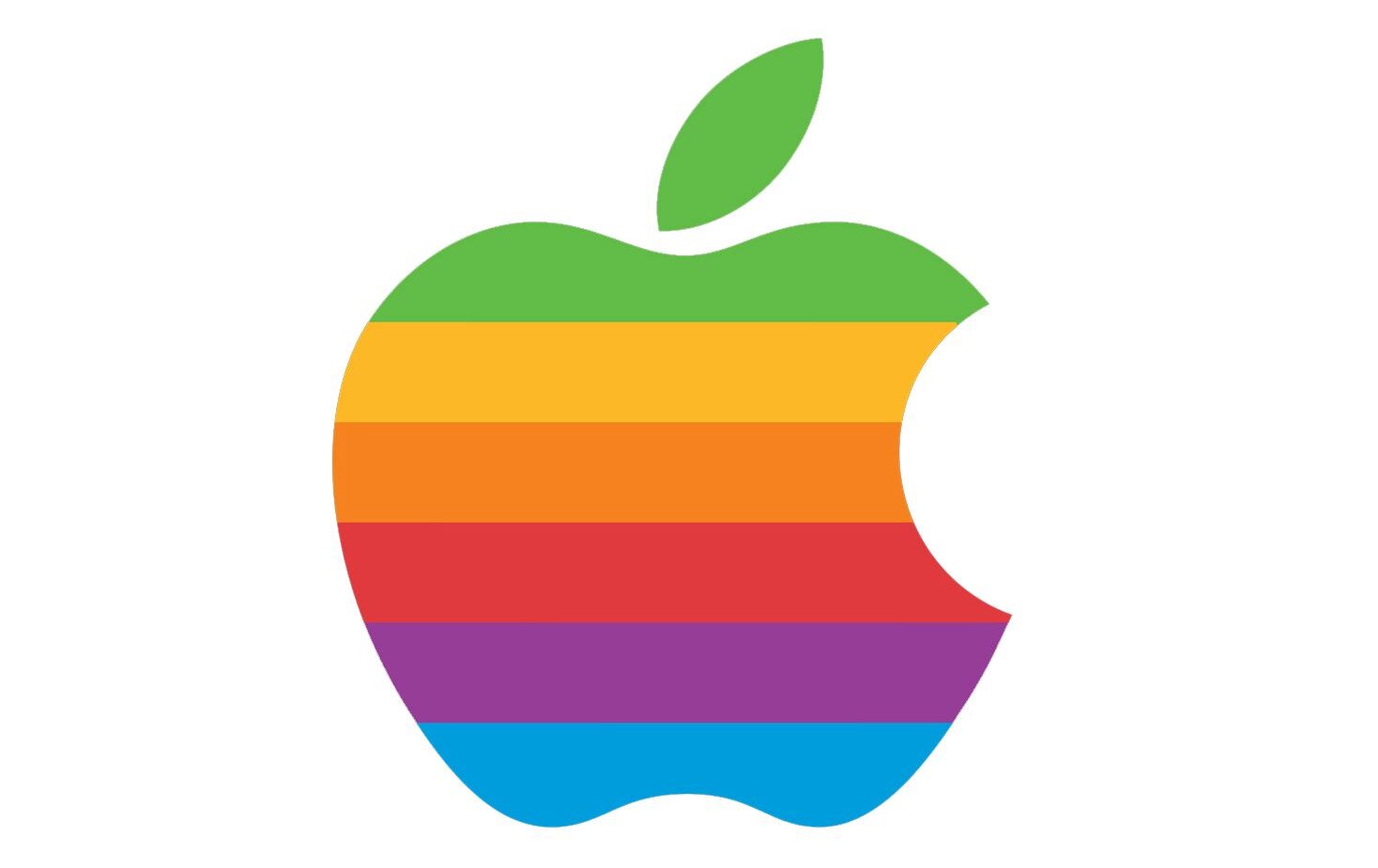From the very first iPhone(iPhone 1 or the Original iPhone), every single iPhone ever released has one or two new features that makes them special.
The evolution of the iPhone over the years has been nothing short of remarkable. With each new iteration, Apple has pushed the boundaries of technology, design, and innovation.
In this journey through time, let’s explore what made each iPhone unique compared to its predecessor, starting from the very first model to the latest.
- iPhone (2007) – The Game Changer: The original iPhone, released in 2007, revolutionized the smartphone industry. Its standout feature was the introduction of a capacitive touch screen that replaced traditional physical keyboards, changing how we interacted with our devices. It was also the first phone to have an intuitive multi-touch interface, setting the standard for all future smartphones.
- iPhone 3G (2008) – Speed and App Store: The iPhone 3G, as the name suggests, brought 3G cellular connectivity, dramatically improving internet speeds. It also introduced the App Store, a game-changer that allowed users to download and install third-party applications, transforming the iPhone into a powerful pocket computer.
- iPhone 3GS (2009) – Speed and Video Recording: The “S” in iPhone 3GS stood for speed, and it delivered just that. It featured a faster processor and better graphics performance, making the overall experience smoother. Additionally, it introduced video recording capabilities, expanding the iPhone’s multimedia capabilities.
- iPhone 4 (2010) – Retina Display and FaceTime: The iPhone 4 was a design marvel with its sleek, glass-and-metal construction. It introduced the Retina Display, a high-resolution screen that offered incredibly sharp and vibrant visuals. FaceTime, a video calling feature, made its debut, changing the way we connected with loved ones.
- iPhone 4S (2011) – Siri and Improved Camera: The iPhone 4S brought Siri, the intelligent virtual assistant, into our lives. Siri could perform tasks and answer questions using natural language. It also featured a vastly improved camera, setting the standard for smartphone photography.
- iPhone 5 (2012) – Larger Screen and Lightning Connector: The iPhone 5 featured a larger 4-inch Retina Display and introduced the Lightning connector, a smaller, reversible port. These changes offered both a better display and a more convenient way to charge and connect accessories.
- iPhone 5S (2013) – Touch ID and 64-bit Chip: The iPhone 5S introduced Touch ID, a fingerprint sensor for secure authentication. It also came with a 64-bit A7 chip, marking a significant performance leap and setting the stage for future processing power.
- iPhone 6 (2014) – Larger Sizes and Apple Pay: The iPhone 6 and 6 Plus introduced larger screen sizes, catering to those who craved bigger displays. Apple Pay made its debut, revolutionizing mobile payments and security.
- iPhone 6S (2015) – 3D Touch and Improved Camera: The iPhone 6S introduced 3D Touch, enabling pressure-sensitive interactions with the screen. The camera received upgrades in both resolution and capabilities, enhancing photography and video recording.
- iPhone 7 (2016) – Water Resistance and No Headphone Jack: The iPhone 7 was the first to be officially water-resistant, offering peace of mind in wet conditions. However, it famously removed the traditional headphone jack, relying on wireless audio and the Lightning port.
- iPhone 7 Plus (2016) – Dual Cameras and Portrait Mode: The iPhone 7 Plus introduced a dual-camera system, one wide-angle and one telephoto lens, opening up new possibilities for photography. It also introduced Portrait Mode, which allowed for professional-looking depth-of-field effects in photos.
- iPhone 8 and 8 Plus (2017) – Wireless Charging and True Tone Display: The iPhone 8 and 8 Plus retained the design of the previous models but introduced glass backs to enable wireless charging. They also featured True Tone displays, which adjusted the screen’s white balance to match the surrounding light, providing a more natural viewing experience.
- iPhone X (2017) – Face ID and Edge-to-Edge Display: The iPhone X marked a major design shift with its edge-to-edge OLED Super Retina Display and the removal of the home button. Face ID replaced Touch ID for secure facial recognition, making it more convenient and secure for device unlocking and authentication.
- iPhone XR (2018) – Colorful and Affordable Option: The iPhone XR featured a more budget-friendly option while still delivering many of the iPhone X’s features. It was known for its vibrant color options and a Liquid Retina display.
- iPhone XS and XS Max (2018) – Faster Processor and Larger Display: The iPhone XS and XS Max introduced the A12 Bionic chip, enhancing performance and efficiency. The XS Max featured a larger display, catering to users who desired a bigger screen.
- iPhone 11 (2019) – Dual Cameras for All: The iPhone 11 featured dual cameras, including an ultra-wide lens, making advanced photography accessible to a wider audience. It also introduced Night Mode for better low-light photography.
- iPhone 11 Pro and 11 Pro Max (2019) – Pro Cameras and Improved OLED: These models featured “Pro” camera systems with three lenses, offering advanced photography and video capabilities. They also came with improved OLED Super Retina XDR displays for stunning visuals.
- iPhone SE (2020) – Compact and Affordable: The iPhone SE (2nd generation) offered a compact design reminiscent of older iPhone models while incorporating modern internals, making it an affordable and attractive option for those who preferred a smaller device.
- iPhone 12 (2020) – 5G and Ceramic Shield: The iPhone 12 series introduced 5G connectivity, opening the door to faster data speeds. It also featured Ceramic Shield technology, increasing screen durability, and MagSafe for easy attachment of accessories.
- iPhone 13 (2021) – A15 Bionic Chip and Improved Cameras: The iPhone 13 series introduced the A15 Bionic chip, further boosting processing power and energy efficiency. Improved camera systems, including Cinematic Mode for video, enhanced photography and filmmaking capabilities.
- iPhone 14 (2022) –
- iPhone 15 (2023) –

